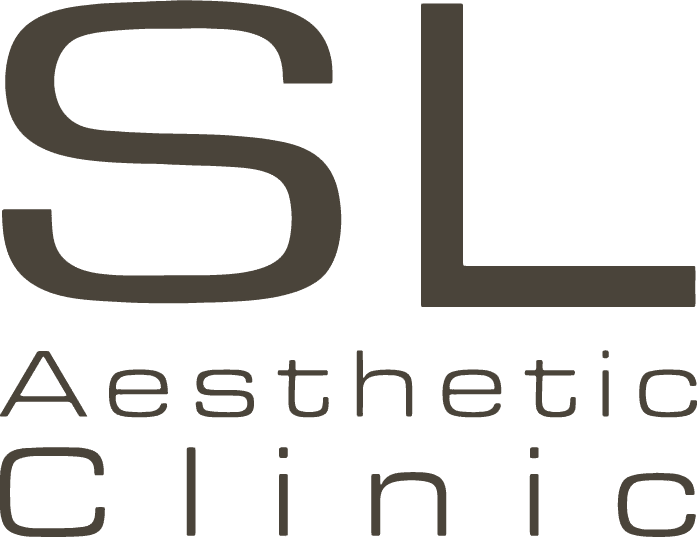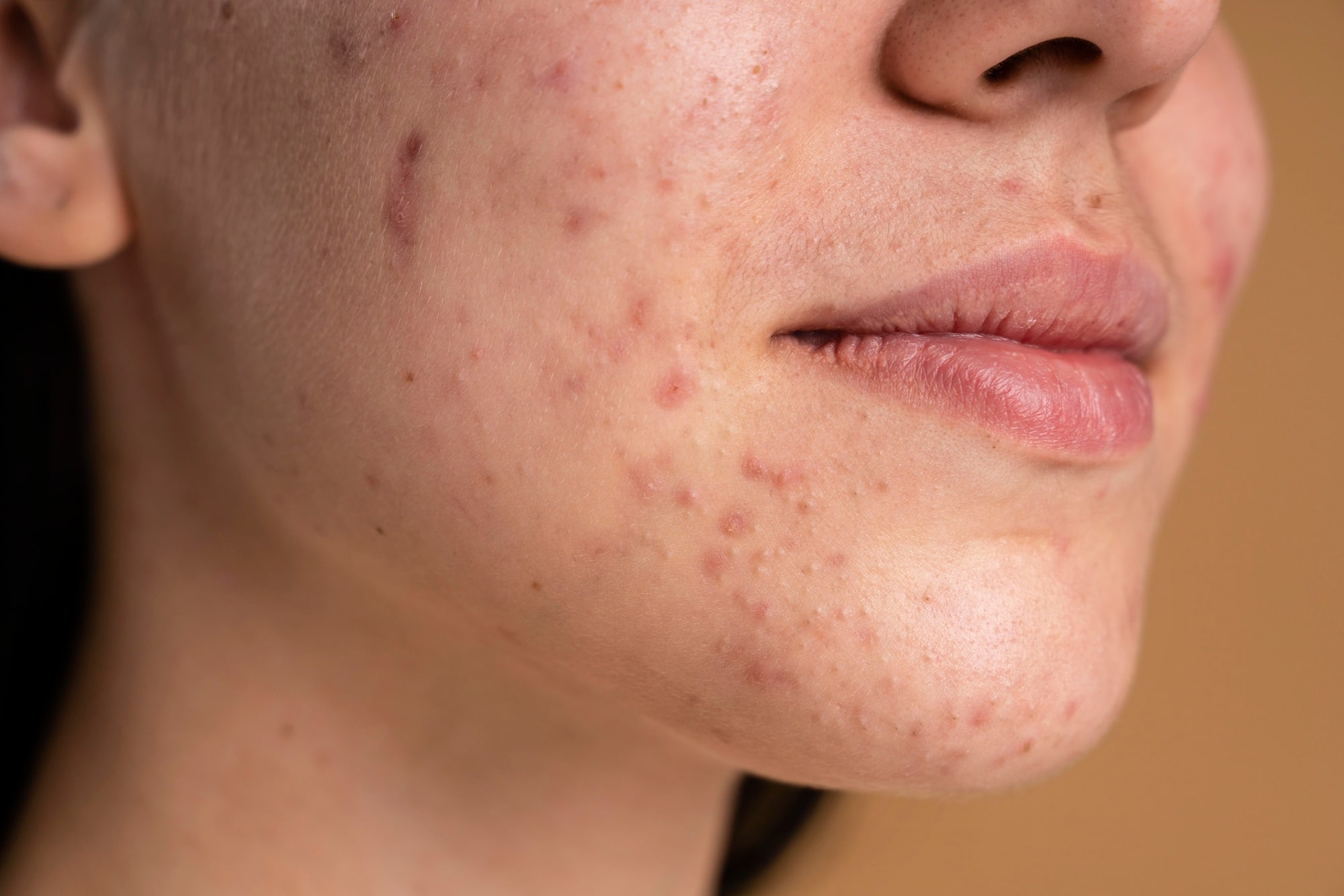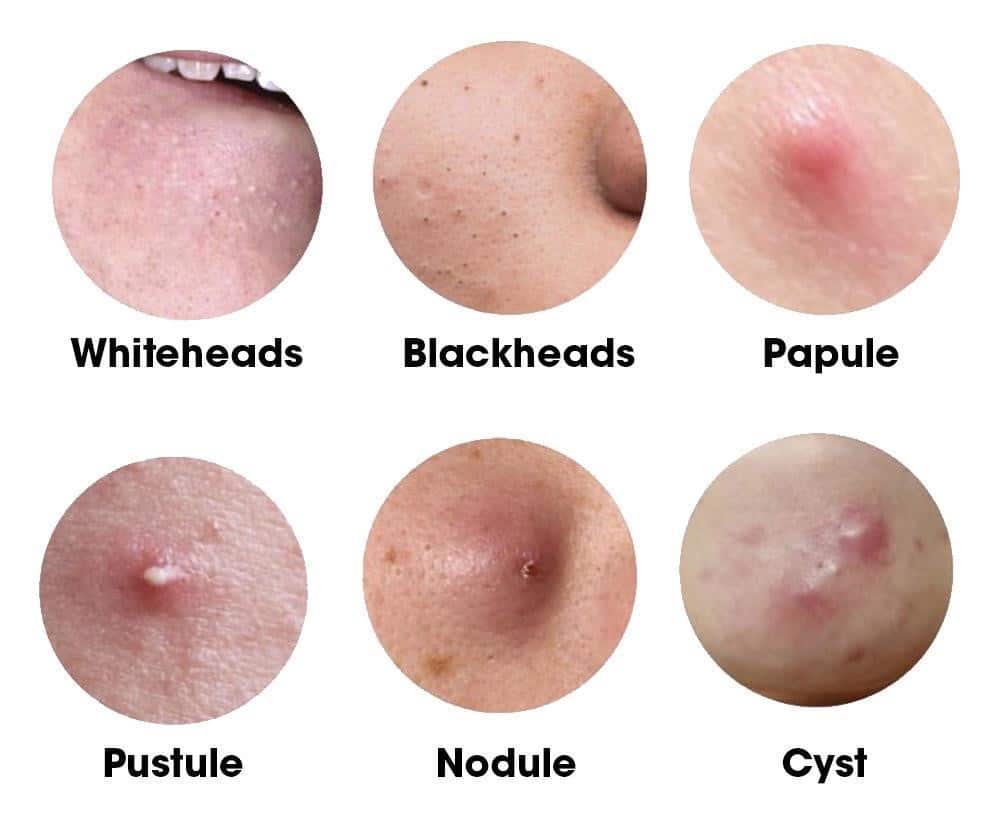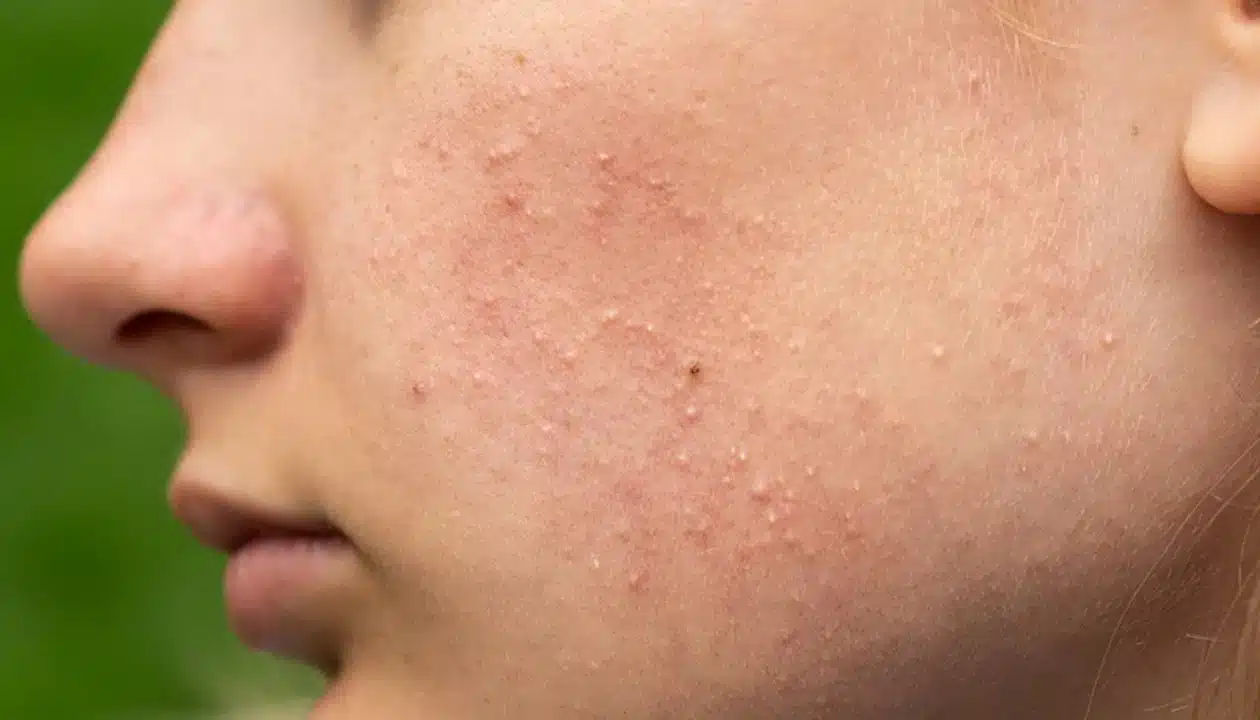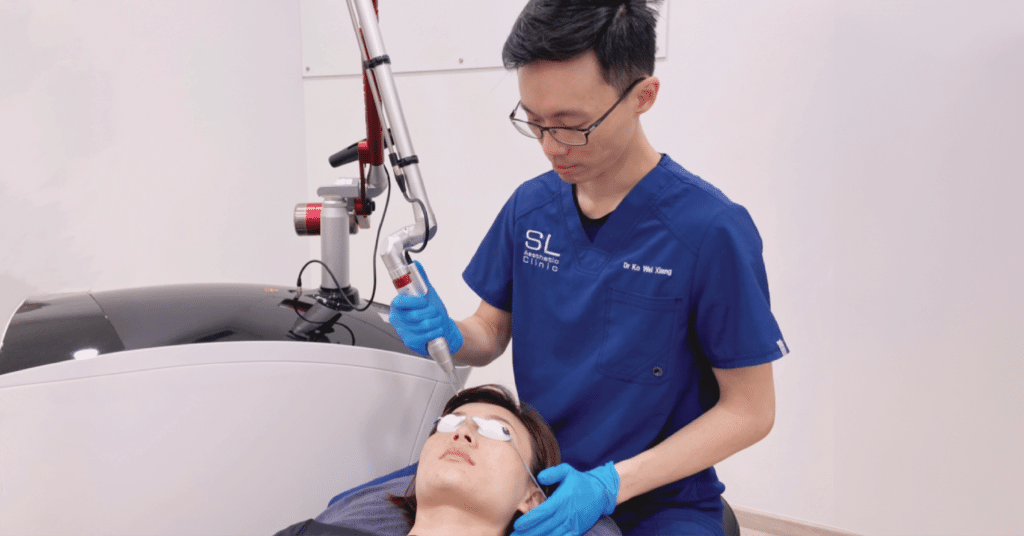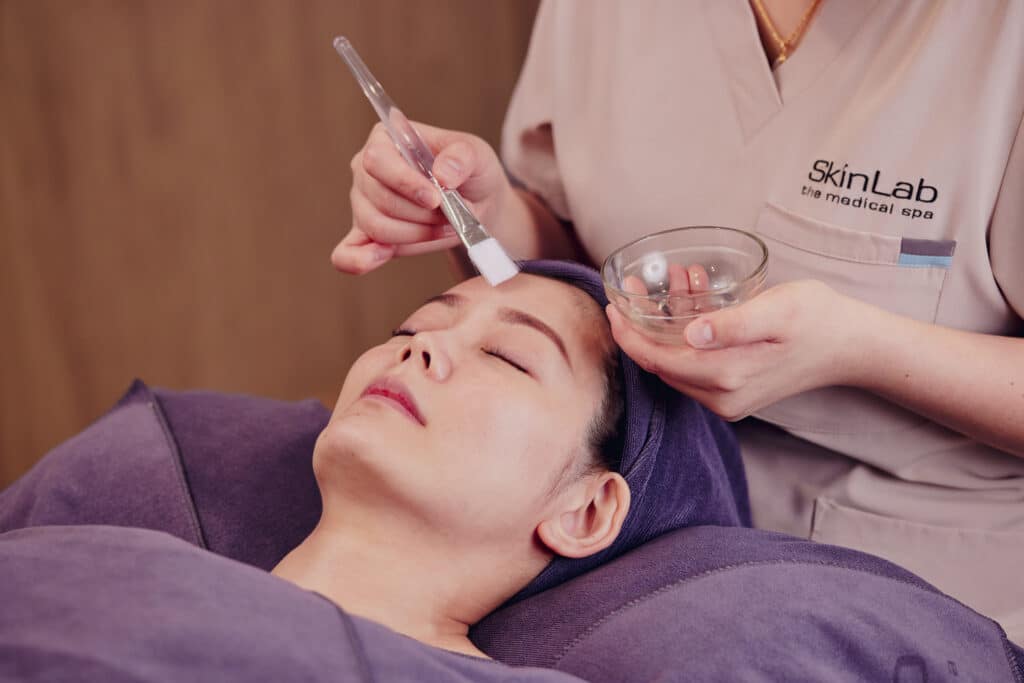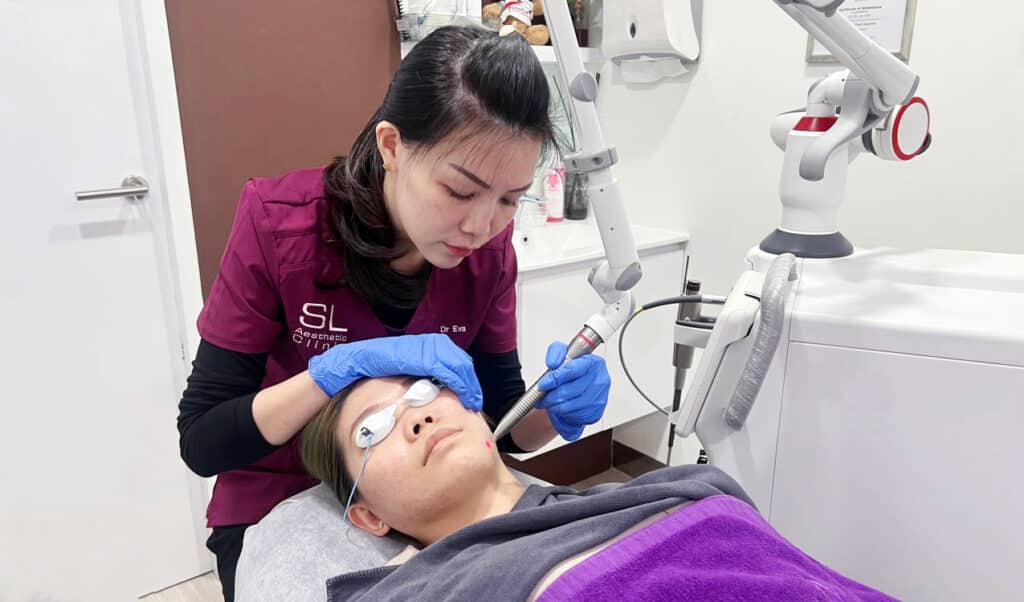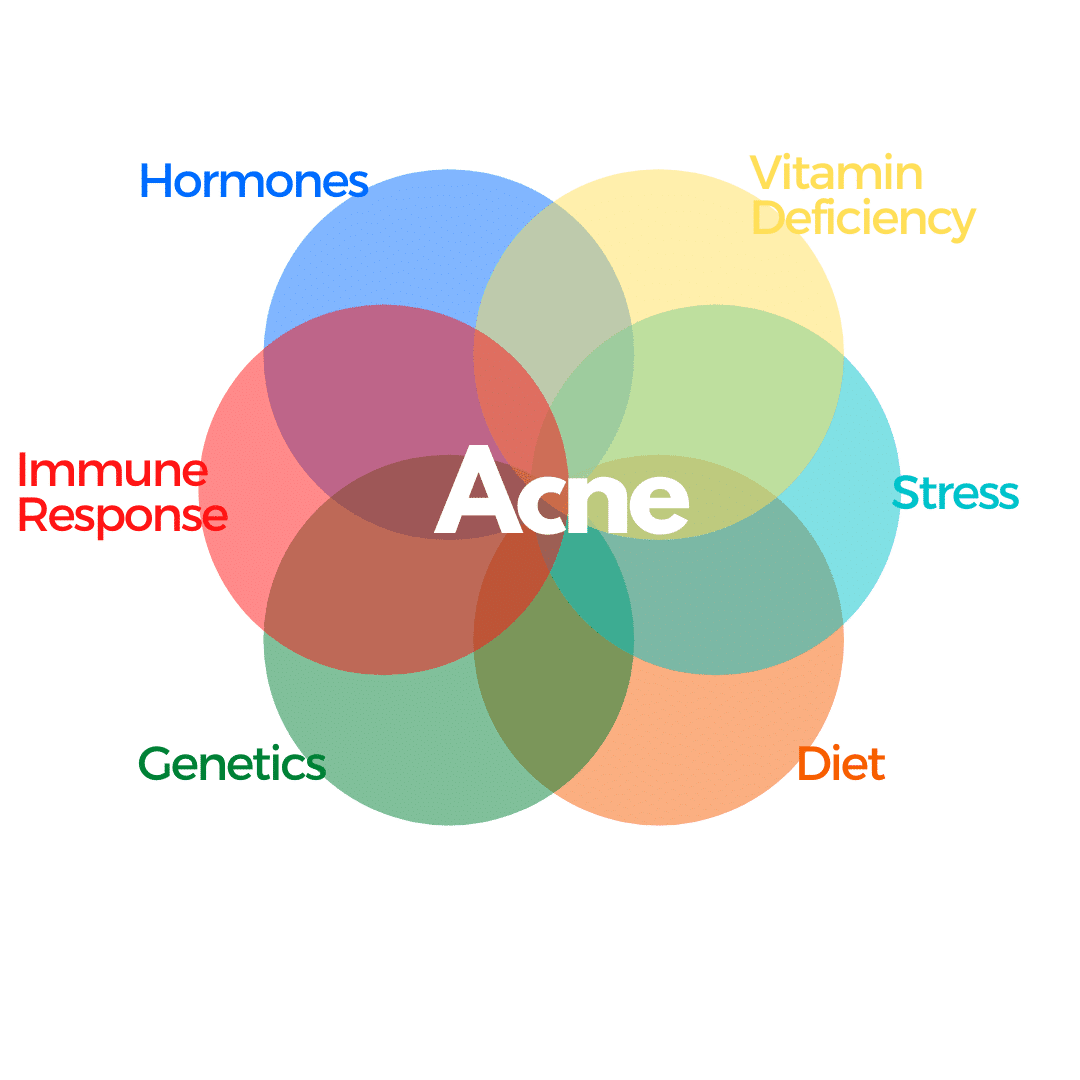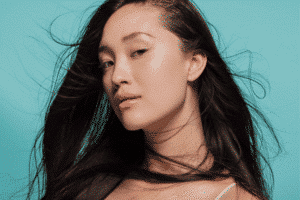Acne can occur on any part of the body that has pores, but is most commonly seen on the face and upper body (back, chest, back of neck, shoulders) because these areas have a high density of pores producing skin oil. These pores are connected to oil glands underneath the skin via follicles.
Oil glands produce a liquid called sebum/skin oil to carry dead skin cells through the follicles to the surface of the skin. When dead skin cells, oil, and hair form a plug in the follicle, the pore is said to be clogged. And when it gets infected by bacteria (predominantly Propionibacterium acnes or P. Acnes), it starts to swell and become inflamed, developing into a pimple.
As the inflammation continues, pressure builds up inside the clogged pore, eventually breaking the walls of the pore and spilling its contents into the surrounding skin.
The body’s immune system then senses the spillage as “foreign” and activates immune cells, notably white blood cells, to fight the infection. This causes the acne lesion to become red and sore.
Eventually, the immune system reduces the attack on the “foreign” contents, and attempts to repair the damage the acne may have caused. However, if the immune system puts up an excessive attack, or does not heal the acne quickly enough, scarring can occur.
